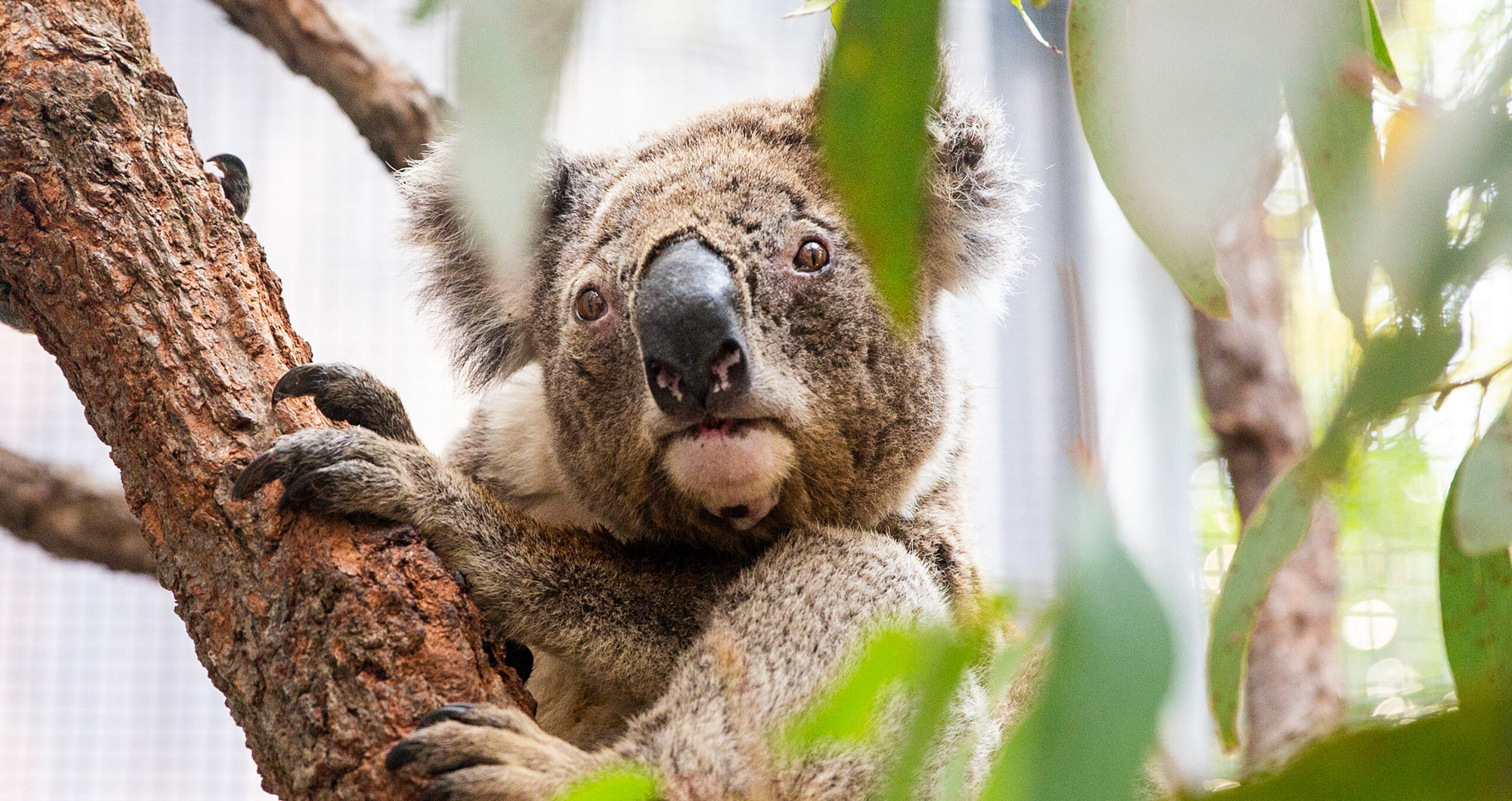
Investors say Australia’s natural environment is turning into a material financial risk

The Responsible Investment Association Australasia warns state of the ecosystem risks becoming a proxy for that of the economy.
The Responsible Investment Association Australasia said the Australian government’s State of the Environment report – which has highlighted an alarming rise in the deterioration of environmental indicators over the past five years – “should raise alarm bells” for businesses and the finance sector.
The report found that: 19 of Australia’s ecosystems were on the brink of collapse; non-native plant species outnumbered native ones; more species had been lost to extinction than on any other continent; and more than half of its environment categories are in a ‘poor’ state.
The association, which has about 500 members representing $29tn in assets under management, said the “dire” report “should raise alarm bells” for businesses and the finance sector, with Australia’s natural environment in danger of becoming “a material financial risk” and a proxy for the state of the economy.
RIAA executive manager of programs Estelle Parker said: “For too long, nature has been relegated and seen as something out there beyond our cities, a place we visit only on holidays, or space that is preserved in our national parks.” But 30 per cent of Australia’s GDP is dependent on biodiversity and ecosystem services, she added. “It’s time we reject this outdated view and understand nature as an important asset upon which our economy is built and depends, alongside human, financial and manufactured capital, which are already valued.”
The State of the Environment report – published every five years – was handed to the previous government in December 2021, but was published after the Labor Party won the general election in May.
Environment minister Tanya Plibersek had previously called the report “shocking” and has vowed to legislate on climate change to try to reverse damage to the Australian environment. “When you change the government, you change the country. After a lost decade, a decade of going backwards, we can’t waste another day,” she said.
Nature should not be overlooked
RIAA’s Parker said there was a global momentum to better understand, analyse and value assets based on nature-related risks in the same way that markets had integrated carbon risk into valuations.
There are over A$1tn [$692bn] of assets managed in Australia that considers environmental, social and governance factors, including nature-related risks, she said, adding: “No Australian business leader should be surprised when investors start knocking at the boardroom door, seeking to understand how these companies are managing their own impact on nature and biodiversity.”
David Grybas, chief executive of BNP Paribas’ asset management operations in Australia and New Zealand, said that while carbon emissions are often the focus of the climate change debate, the threat to nature should not be overlooked. He noted that about 50 per cent of the world’s GDP, worth $44tn, has either a high or moderately high dependency on nature, adding he expected this strain to continue, with the world population estimated to grow by two billion between now and 2035.
Ecosystem restoration “presents a significant opportunity”, Grybas said, estimating this would equate to an annual $6tn between 2020 and 2030 in connection to activities aimed at restoring marine, land and urban ecosystems.
Partnerships necessary
Quality environmental data and analysis is needed to help support investors create and unlock nature-positive opportunities, to ensure the long-term protection of Australia’s natural capital, said RIAA’s Parker.
Following the publication of the report, environment minister Tanya Plibersek said the government would be unable to tackle all the challenges alone and would need to work with industry and philanthropic partners. She said she would be looking at ways to make investment in solving many of the environmental challenges easier.
According to Claire Molinari, head of ESG at CareSuper, an Australian superannuation fund for professional services, institutional investors could play a significant role in protecting biodiversity and the environment.
“Superfunds have a responsibility to enhance the long-term value of members’ savings,” she said. “As investors, we are increasingly recognising the risks posed by loss of biodiversity and ecosystem services to the real projects and the companies in which we invest. Over time, the importance of considering nature-related investment risks and opportunities will only grow.”
Similar Articles

In Brief: EU parliament rubber-stamps CSDDD; US imposes strict rules on carbon pollution from power plants

UK Climate Change Act remains legally sound 15 years on, experts say


